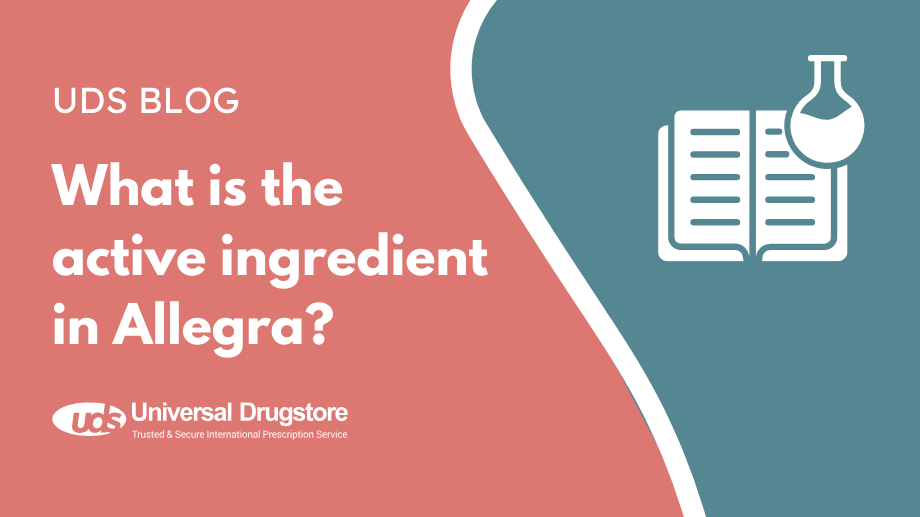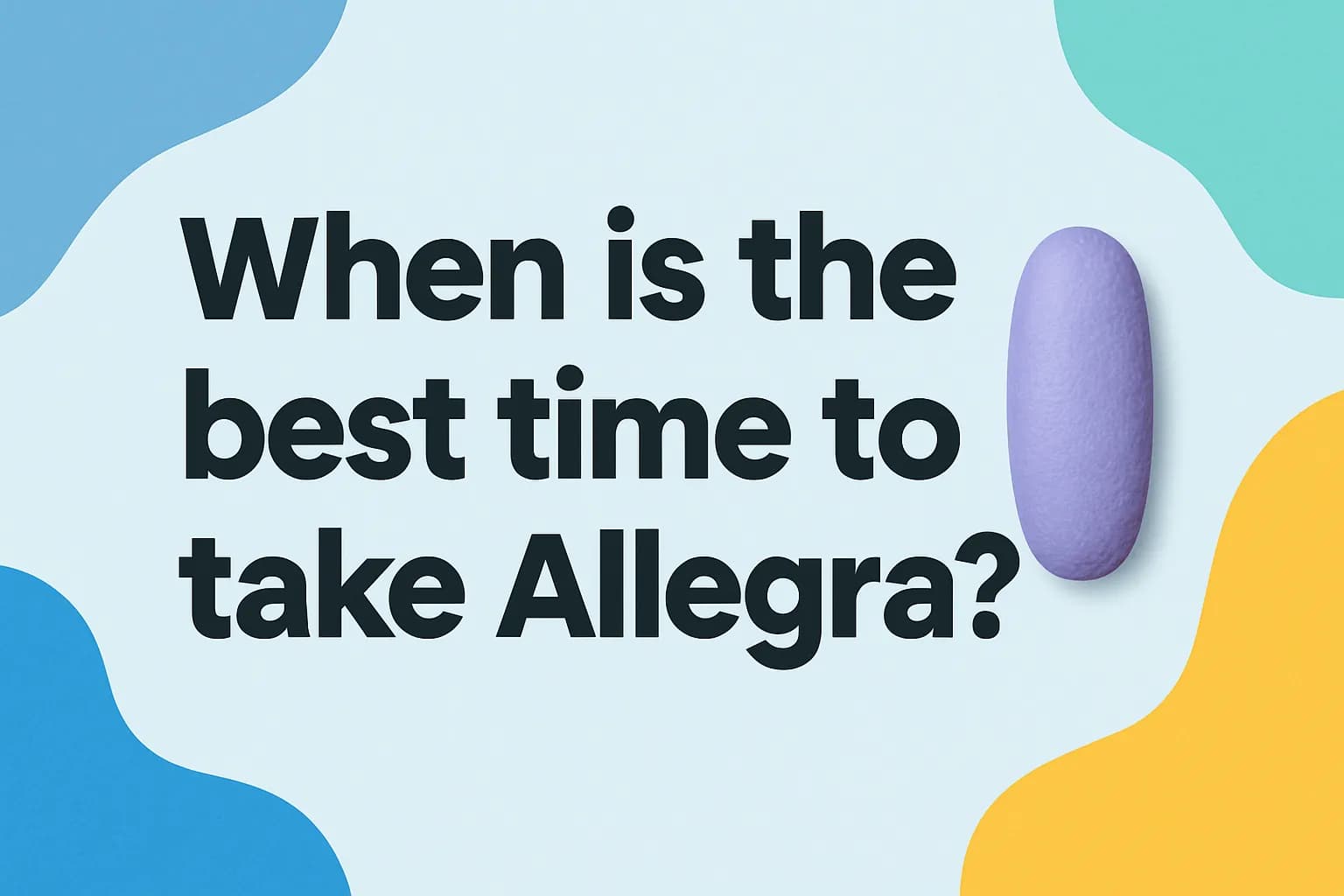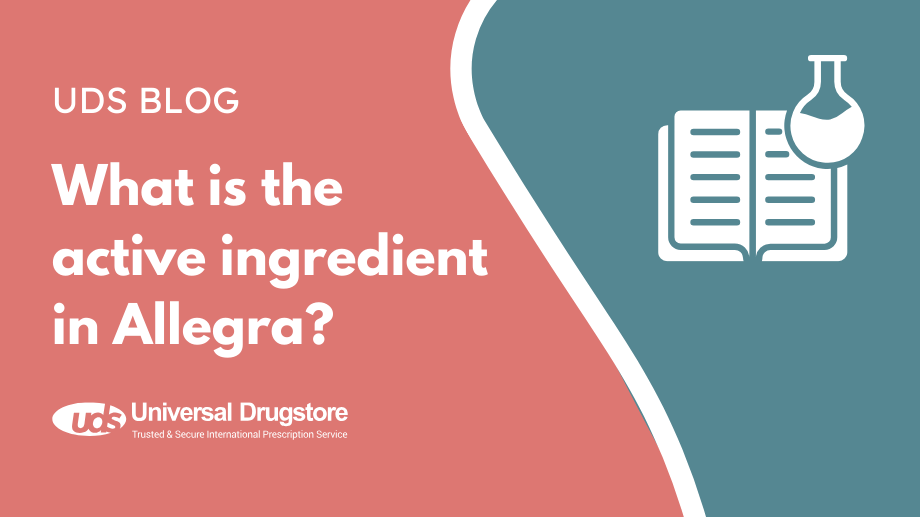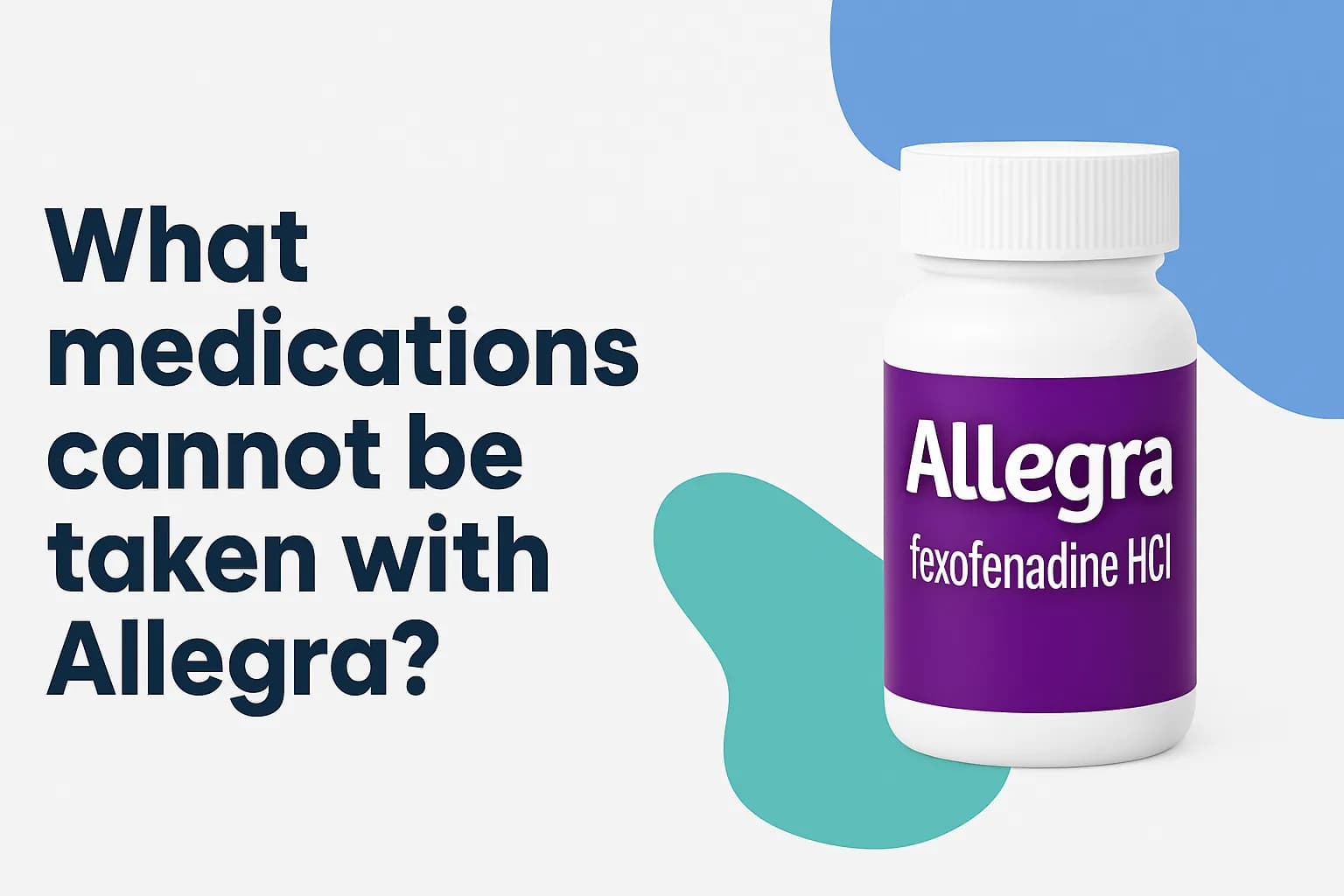What is the active ingredient in Allegra?

Allegra contains the active ingredient fexofenadine hydrochloride, which is a non-drowsy antihistamine used to relieve seasonal allergy symptoms such as itchy eyes, watery eyes, sneezing, and a runny nose. Fexofenadine was originally synthesized in 1993 and later approved by the U.S. Food and Drug Administration (FDA) in 1996. It was only available with a prescription until January 2011, when the FDA approved over-the-counter (OTC) sales of fexofenadine hydrochloride tablets in the United States.
What are the inactive ingredients in the Allegra products?
The inactive ingredients in the film-coated Allegra Allergy 30 mg, 60 mg, and 180 mg tablets include colloidal silicone dioxide, croscarmellose sodium, hypromellose, iron oxide blends, magnesium stearate, microcrystalline cellulose, polyethylene glycol, povidone, pregelatinized starch, and titanium dioxide.
Allegra Gelcaps contain the following inactive ingredients: croscarmellose sodium, D&C red 28, D&C red 33, FD&C blue 1, gelatin, hydroxypropylcellulose, hydroxypropyl methylcellulose, magnesium stearate, microcrystalline cellulose, PEG-135, pharmaceutical ink, pregelatinized starch, and titanium dioxide.
Allergy ODT is an orally disintegrating tablet that contains 30 mg fexofenadine HCl and citric acid anhydrous, crospovidone, magnesium stearate, mannitol, methacrylate copolymer, microcrystalline cellulose, povidone K-30, sodium bicarbonate, sodium starch glycolate, aspartame, natural and artificial orange flavor, artificial cream flavor, and alcohol anhydrous.
Allegra Oral Suspension contains 6 mg fexofenadine HCl per mL and propylene glycol, edetate disodium, propylparaben, butylparaben, xanthan gum, poloxamer 407, titanium dioxide, sodium phosphate monobasic monohydrate, sodium phosphate dibasic heptahydrate, artificial raspberry cream flavor, sucrose, xylitol and purified water.
How does fexofenadine work?
It works by blocking histamine, a natural substance your body releases when it is exposed to an allergen such as pollen, pet dander, and mold. When histamine is released, it causes itchy eyes, watery eyes, sneezing, and a runny nose. It can also lead to a severe allergic reaction and cause hives (urticaria). Allegra binds to the histamine receptors to provide allergy relief. Allegra typically starts working within 2 hours after taking it.
What side effects can you notice from Allegra?
The most common side effects of Allegra seen in clinical trials include:
- Nausea
- Diarrhea
- Upset stomach
- Upper respiratory tract infection
- Vomiting
- Back pain
- Drowsiness
- Fatigue
- Headache
- Fever
- Dizziness
- Menstrual cramps
Rarely, Allegra may cause serious side effects such as:
- Hypersensitivity reactions with symptoms such as hives, swelling in your face, tongue, and throat, chest tightness, and trouble breathing.
- Accidentally taking too much medication with symptoms such as fast heartbeat, flushing, extreme sleepiness, dry mouth, changes in vision, and irritability in children. If you or someone you know have taken too much Allegra, get medical help or contact a Poison Control Center right away.
These are not all of the possible side effects of Allegra. You should always seek medical advice from your healthcare provider for any questions or concerns about your medical condition or treatment. Read all patient information, medication guides, or drug information sheets that come with this medication. You can also report adverse effects to the Food and Drug Administration at www.fda.gov/medwatch or 1-800-FDA-1088.
Can you take Allegra on an empty stomach?
You can take the tablet/capsule or liquid form of this medication with or without food. If you are taking the rapidly-dissolving tablet, take it on an empty stomach. Allow the rapidly-dissolving tablet to dissolve on your tongue and then swallow, with or without water.
What drugs interact with Allegra?
Drug interactions can change how your medications work or increase your risk for serious side effects. To help avoid interactions, be sure to tell your doctor about all prescription and OTC medications, herbs, and supplements you take.
Do not take antacids containing aluminum and magnesium within 2 hours of taking this medication. These antacids can decrease the absorption of Allegra and make it less effective. There are many OTC antacids that contain aluminum or magnesium including Milk of Magnesia (magnesium hydroxide), Mylanta (aluminum hydroxide / magnesium hydroxide / simethicone), and Rolaids (calcium carbonate / magnesium hydroxide).
Oral ketoconazole is an antifungal medication that may be used to treat severe fungal infections. Taking them together can increase the amount of Allegra absorbed in your body. This can raise your risk of serious side effects such as headaches or drowsiness.
Ery-Tab (erythromycin) is an antibiotic that can interact with Allegra. Similar to ketoconazole, erythromycin increases the amount of Allegra that gets absorbed into your body. This can lead to more Allegra side effects.
You should not take Allegra with fruit juices such as orange, apple, or grapefruit juice. These juices reduce how much Allegra gets absorbed into your body and can make it less effective. To avoid this interaction, you should separate Allegra from fruit juice by at least 4 hours.
How is Allegra different from Benadryl?
Allegra (fexofenadine) and Benadryl (diphenhydramine) are both over the counter (OTC) antihistamines used to treat seasonal allergic rhinitis and hives in adults and children. There are several differences between these medications, including:
- Allegra lasts longer than Benadryl. Depending on the product, it can last 12 to 24 hours. You may need to take Benadryl every 4 to 6 hours for allergy relief.
- Allegra has a much lower risk of causing drowsiness.
- Benadryl can be used as a sleep aid. This is because one of its main side effects is drowsiness.
- Allegra is safer for use in older adults.
- Allegra can be used in children as young as 2 years of age. Benadryl should not be used by children under 6 years of age without talking with their doctor first.
- Benadryl is also available as a topical cream, gel, and spray that can be used to relieve pain and itching.
- Allegra and Benadryl have different drug interactions.
- Benadryl may be safer to use during pregnancy.
When choosing between these 2 allergy medicines, you should consider their uses, possible side effects, and drug interactions. Talk with your doctor to help determine which antihistamine is right for you.
Related Medications
- Claritin (loratadine)
- Claritin RediTabs (loratadine ODT)
- Zyrtec (cetirizine)
- Xyzal (levocetirizine)
- Clarinex (desloratadine)
Sources
- Allegra. Medscape. Accessed June 5, 2024.
- Allegra Package Insert. Sanofi. Accessed June 5, 2024.
- Allegra. PDR. Accessed June 5, 2024.
- Pregnancy and allergy: Practical tips for pregnant patients with asthma or other allergic conditions. American College of Allergy, Asthma, and Immunology. Accessed June 5, 2024.
- What medicine can I take for allergies while I’m pregnant? American College of Obstetricians and Gynecologists. Accessed June 5, 2024.
- Sicari, V., et al. (2023). Diphenhydramine. StatPearls. Accessed June 5, 2024.







